Oriental Shorthair Cat
Oriental Shorthair Cat
America’s Slender and Vocal Feline
1. Introduction to the Breed
The Oriental Shorthair, securing the #21 spot among the top cat breeds owned by Americans in 2024, is a slender and vocal feline renowned for its large ears, vibrant coat, and Siamese-like loyalty. Known for their chatty, affectionate nature, Oriental Shorthairs are ideal for owners seeking a highly interactive, expressive companion. Their sleek frame and lively personality make them perfect for dynamic households, from urban apartments to suburban homes, where their energy and charm bring constant engagement.
2. History of the Breed
Developed in the United States and Europe in the 1950s, Oriental Shorthairs were created by crossing Siamese cats with other shorthaired breeds like Abyssinians and British Shorthairs to diversify their colors and patterns while retaining Siamese elegance. Recognized by the Cat Fanciers’ Association (CFA) in 1977, Oriental Shorthairs gained popularity for their striking appearance and talkative demeanor in cat shows and as family pets. Their Siamese heritage and versatile palette have made them a favorite among cat enthusiasts.
3. Physical Characteristics
- Typical Size and Weight: Oriental Shorthairs are medium-sized, standing 8–10 inches tall at the shoulder and weighing 6–12 pounds (males) or 5–8 pounds (females), with a slender, elongated build.
- Coat and Color: Their short, sleek coat is glossy, in a wide range of colors and patterns including solid, tabby, bicolor, or tortoiseshell (over 300 variations). The coat sheds minimally.
- Distinctive Features: Oriental Shorthairs have a wedge-shaped head, large, almond-shaped eyes (often green), and oversized, pointed ears. Their long legs, whip-like tail, and lithe frame enhance their graceful, Siamese-like appearance.
4. Personality Traits
Oriental Shorthairs are affectionate, vocal, and intelligent, with a Siamese-like personality that makes them devoted companions. They form intense bonds with owners, often following them around and enjoying interaction with children or familiar pets. Their talkative nature, with loud meows, yowls, or chirps, reflects their need for attention and communication. Oriental Shorthairs are curious and energetic, suiting active owners who can provide ample stimulation to prevent boredom-driven behaviors like excessive vocalization or scratching.
5. Care Requirements
- Exercise Needs: Oriental Shorthairs need 30–60 minutes of daily play, including chasing toys, climbing cat trees, or interactive games like fetch. Mental stimulation through complex puzzle toys or training keeps their sharp minds engaged.
- Grooming Needs: Their short coat requires brushing once weekly to maintain shine and manage minimal shedding. Regular ear cleaning (due to large ears), nail trimming, and dental care maintain health, as they’re prone to dental issues.
- Dietary Considerations: A high-protein diet supports their lean build and high energy. Portion control prevents obesity, and foods with omega fatty acids enhance coat health. Fresh water is essential for their active lifestyle.
6. Health and Lifespan
Oriental Shorthairs have an average lifespan of 12–15 years. Common health issues include amyloidosis (liver or kidney disease), respiratory issues (due to their slender structure), dental disease, and progressive retinal atrophy. Regular vet checkups, dental cleanings, and genetic screenings mitigate risks. Owners should monitor for breathing difficulties, dental discomfort, or vision changes and ensure a balanced diet to support overall health. Genetic testing from breeders reduces hereditary concerns, particularly for amyloidosis.
7. Training and Socialization
Oriental Shorthairs are highly intelligent and trainable, excelling at tricks like “fetch,” “sit,” or leash-walking with positive reinforcement using treats or play. Their vocal, social nature makes training engaging, though their energy requires consistent boundaries. Early socialization ensures comfort with strangers, children, and other pets, reducing wariness or territorial behavior. Teaching behaviors like using a scratching post or litter box habits is straightforward due to their quick learning. Interactive play or training prevents boredom-related mischief like excessive meowing.
8. Ideal Home Environment
Oriental Shorthairs thrive in interactive homes with secure indoor spaces, ideal for urban apartments or suburban settings where they can engage and explore. They suit families or individuals who enjoy constant interaction and play. Cat trees, window perches, and open spaces satisfy their curious, energetic nature. Owners should provide a stimulating environment with toys and scratching posts to channel their energy and prevent destructive behaviors, ensuring a nurturing setting for their loyal nature.
9. What’s the Best Toy for My Oriental Shorthair?
Oriental Shorthairs enjoy toys that suit their energetic, vocal nature and agile build. Sturdy feather wands encourage leaping and pouncing, providing 15–20 minutes of interactive play to satisfy their strong hunting instincts. Small, durable balls for batting or fetching tap into their playful energy, ideal for 15–20 minute sessions in a secure space. Soft plush toys for wrestling mimic prey, perfect for 10–15 minute play bursts, with supervision to prevent tearing. Complex interactive puzzle toys with treat compartments challenge their intelligence, keeping them occupied indoors for 15–20 minutes. Avoid small, easily swallowed toys to prevent choking. Rotate toys regularly and pair with training or laser games for engagement.
10. Adoption and Breeder Tips
Choose breeders affiliated with the CFA or Oriental Shorthair breed clubs, ensuring health clearances for liver (amyloidosis), eyes, dental, and respiratory conditions. Visit the breeder to assess kitten health, meet parents for temperament and vocalization insights, and confirm ethical practices, including socialization and clean facilities. Rescues like Oriental Shorthair-specific organizations offer adoptable cats, often with known histories. Avoid unregulated breeders or pet stores, as Oriental Shorthairs are prone to health issues if poorly bred. Ask about genetic testing, socialization, and activity needs to ensure a healthy, well-adjusted cat.

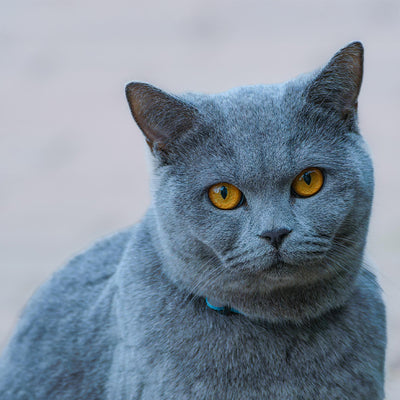
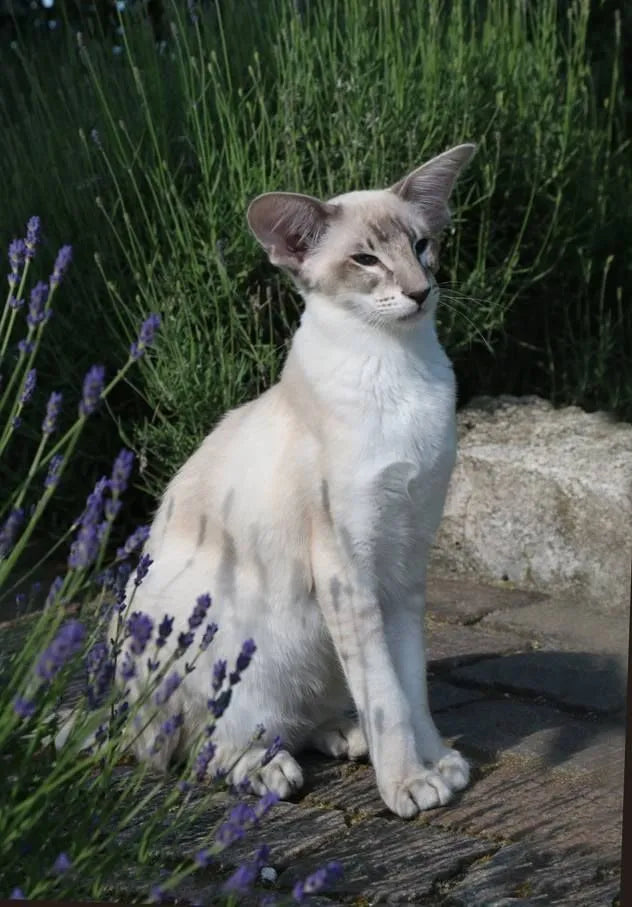
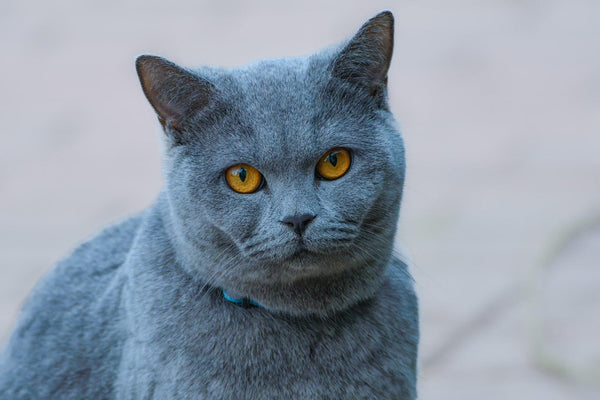
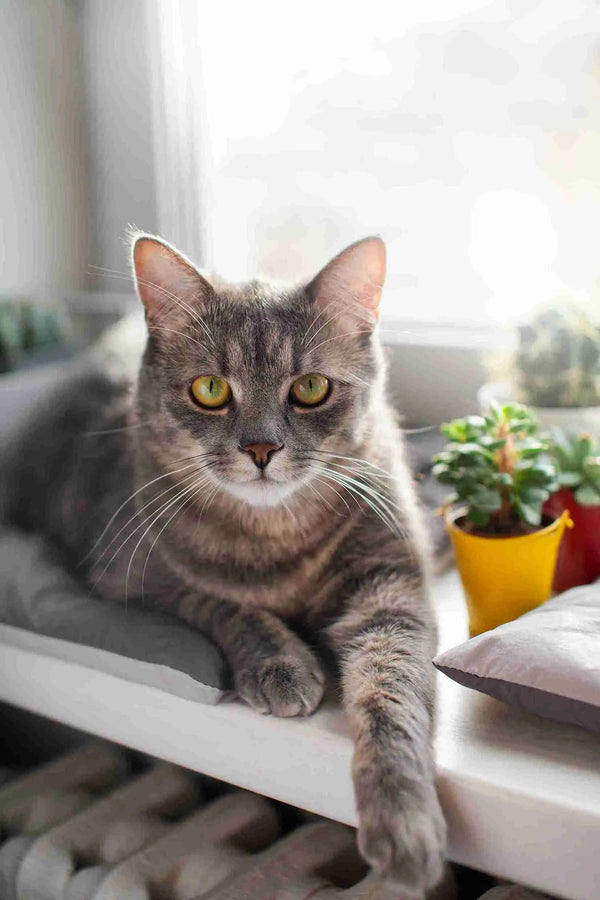
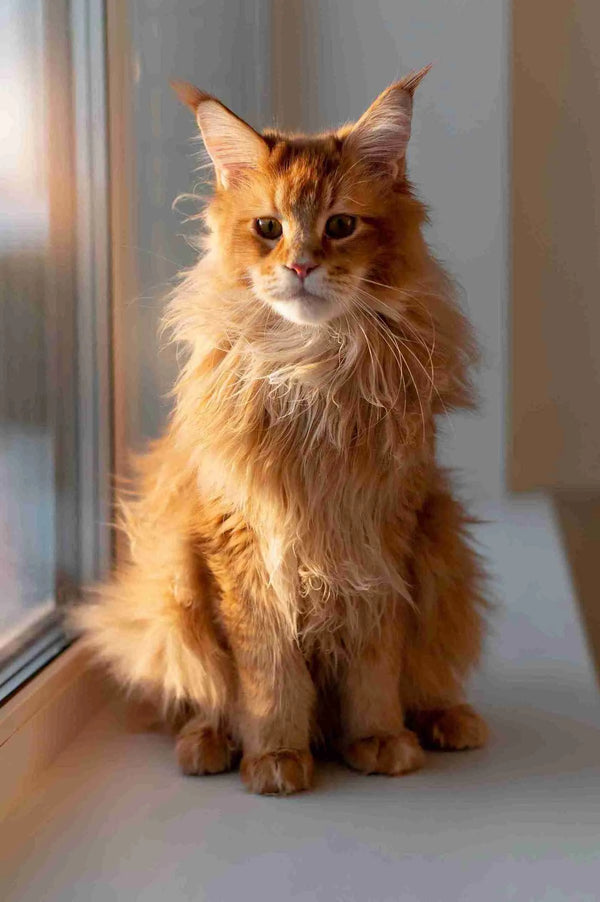
0 comments